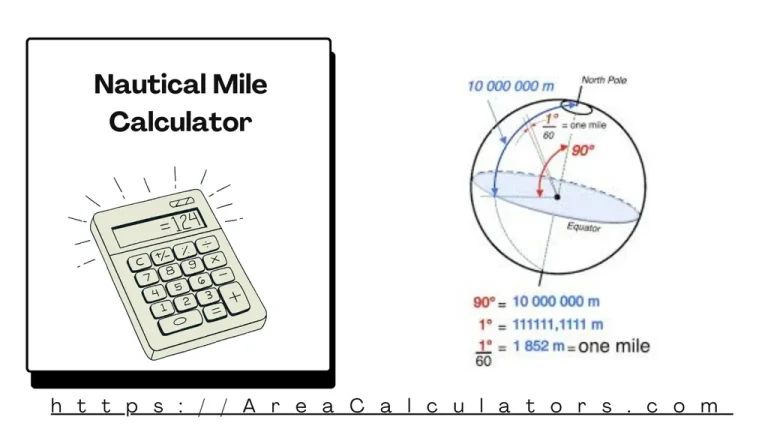mg to ml Calculator [ Milligrams to Milliliters Convert ]
To convert mg to ml, divide the amount in milligrams (mg) by the substance’s density (D) in mg/ml.
To convert mg to ml, divide the amount in milligrams (mg) by the substance’s density (D) in mg/ml.
The mg to ml Calculator is a practical tool to convert milligrams (mg) to milliliters (ml) based on density. As far as the application of this conversion is concerned, it is vastly used in fields like medicine, chemistry, and nutrition. Because, the accurate measurements of liquids and solutions are crucial in these fields.
For instance, medication doses often need to be converted from mg to ml, as the concentration of a solution determines the exact volume required. Thus, understanding this calculation ensures proper dosing and safe administration.
| Variable | Description |
|---|---|
| ml | Volume in milliliters |
| mg | Amount in milligrams |
| D | Density of the substance in mg/ml |
Example 1:
Convert 500 mg of a substance to ml, with a density of 100 mg/ml.
| Step | Calculation |
|---|---|
| 1. | |
| 2. | ml=5 |
Answer: 5 ml
Example 2:
Convert 250 mg of a solution to ml, where the density is 50 mg/ml.
| Step | Calculation |
|---|---|
| 1. | |
| 2. | ml=5 |
Answer: 5 ml
The mg to mL Calculator is a useful tool for converting milligrams (mg) to milliliters (mL) based on the concentration of a substance. Fundamentally, this conversion is of vital importance in medicine, nutrition, and chemistry, where precise dosing is essential.
For instance, understanding 10 mg/mL or 5 mg/mL ratios helps in determining the exact volume needed for a given amount of a substance, whether it’s medication or a solution.
Simply enter the mg amount along with the concentration, and this calculator provides the equivalent in mL. It’s especially beneficial for healthcare providers, pharmacists, or anyone needing accurate measurements for syringe doses or liquid medications. Mastering the conversions like 100 mg to mL can help in making correct dosing adjustments quickly and confidently.
To wrap things up, the mg to mL Calculator supports accurate dose conversions, ensuring safe and precise administration across various fields. This tool is invaluable for anyone needing exact measurements in medical or laboratory settings.

Enter the values in required to calculate Bpm to Hz instantly. The BPM to Hz Calculator converts beats per minute into hertz (Hz), allowing you to easily translate musical tempo into frequency. By inputting the BPM value, this tool quickly calculates the frequency in hertz, making it perfect for music production, sound design, and even…
To determine the Antenna Polarization Loss Factor (PLF), divide the power received (PrPr) by the power incident (PiPi). This gives a ratio representing the efficiency of polarization alignment between the transmitting and receiving antennas. The Antenna Polarization Loss Factor (PLF) Calculator is an essential tool for RF engineers and communication system designers. This calculator helps…
Multiply the volume of water by its density and divide by 1000 to get the mass in kilograms. The Water Mass Calculator helps determine the mass of water based on its volume and density. This is particularly useful in fields such as physics, engineering, and environmental science. Since the density of water is usually 1…

To convert miles to nautical miles, divide the distance in miles by 1.15078. For kilometers, divide the distance by 1.852. The Nautical Mile Calculator is a tool for converting standard miles or kilometers into nautical miles, which are used in aviation, marine navigation, and international law. Formula 1 Nautical Mile (NM) = 1.15078 Miles (M)…
Use this 28 Day Prescription Refill Calculator, that is basic and advanced mode. Kindly enter values to calculate. A 28 Day Prescription Refill Calculator makes the tracking your medication refills. By calculating the number of days from your last fill date, you can ensure you never miss a dose Formula & Variables The formula is:…
To calculate the expected rate of return, multiply each possible return by its probability and then sum the results. The Expected Rate of Return (ERR) Calculator is ideally suited to estimate the potential returns on an investment based on its probability of various outcomes. The expected rate of return is an essential concept in finance,…